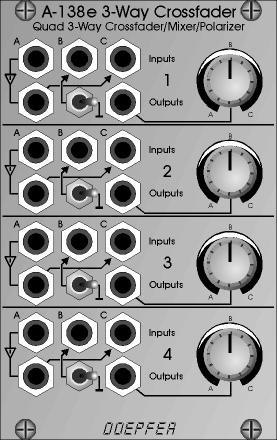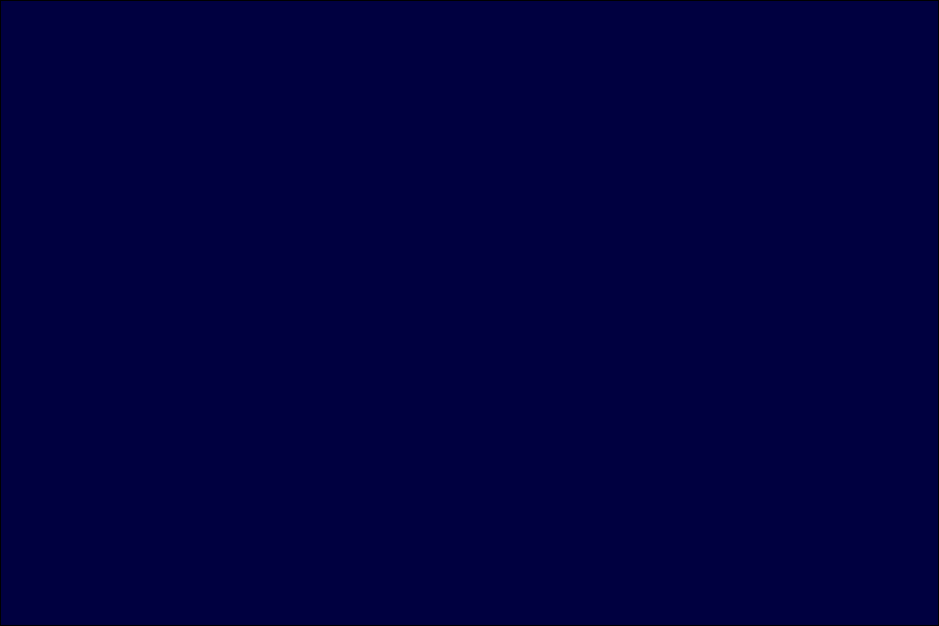



( Please contact first before visiting)






Analogue Modular System A-



Width



HP

Depth



mm

Current

mA


Owners Manual

Quad 3-
The A-
Applications:-
Attenuation of audio and control voltage signals
Polarizing of audio and control voltage signals
Two-
Three-
Two-
Changing filter characteristics (e.g. lowpass to highpass)
16
30
10HP
10
10HP
A-


Polarizer: only input A is used, inputs B and C are not used. In this case the sub-
Two-
Three-
Two-
In addition the inverted signal of input A is available as a separate output. For the control a potentiometer with centre detent is used. Sub-